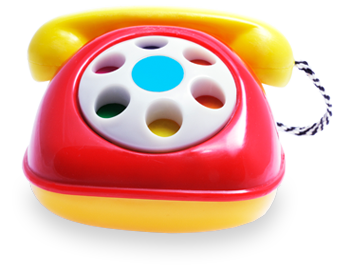For the best results, it’s important to detect congenital hydrocephalus as early as possible, even before birth. Likewise for acquired hydrocephalus, which is usually the result of bleeding in or around the brain due to injury, a tumor, or infection. Once we are able to determine the cause of your child’s hydrocephalus (be it a blockage, slow absorption, or excess fluid), we’ll be able to create a custom treatment plan for your child.
Head Size and Growth
A doctor may examine your baby’s head to see if it is larger than normal or is growing too quickly, or if the fontanel (better known as a “soft spot”) is closing too soon.
Ultrasound
This test uses sound waves to create images of the brain. This painless test is usually used for babies in utero and very young infants, because other imaging options require babies to lie still for a while.
CT (Computed Tomography)
Using X-rays and measurements, CT scans create images of the brain from many different angles. For this short test, your child will be asked to lie still on a bed and should not feel pain.
MRI (Magnetic Resonance Imaging)
This test uses magnets and radio waves to create a high-quality image of the brain to show how much cerebrospinal fluid is present. For this 45-to-90-minute test, your child will be asked to lie still on a bed. While MRI is typically painless, some children may require sedation or even general anesthesia to complete this procedure.
Fast-Brain MRI
For young children who may have trouble lying still for a traditional MRI, this test is much quicker and simpler.


